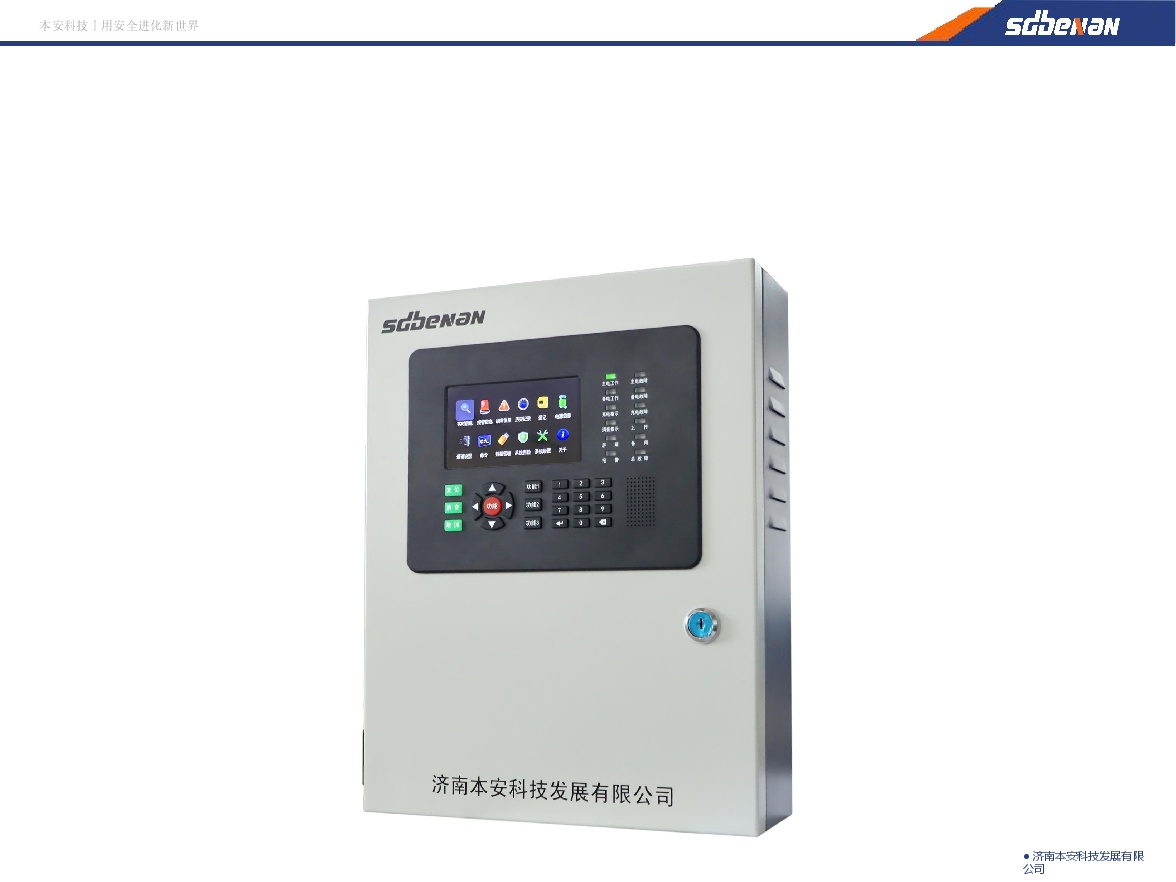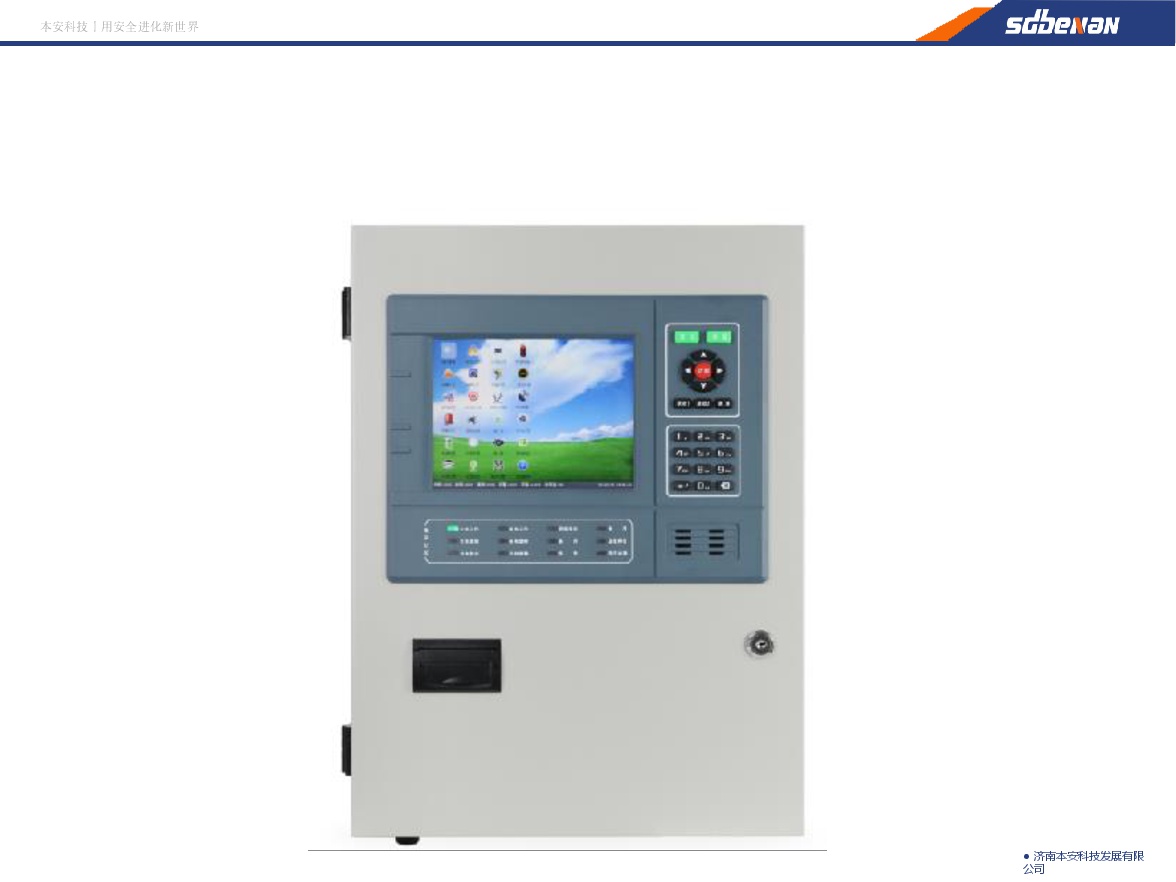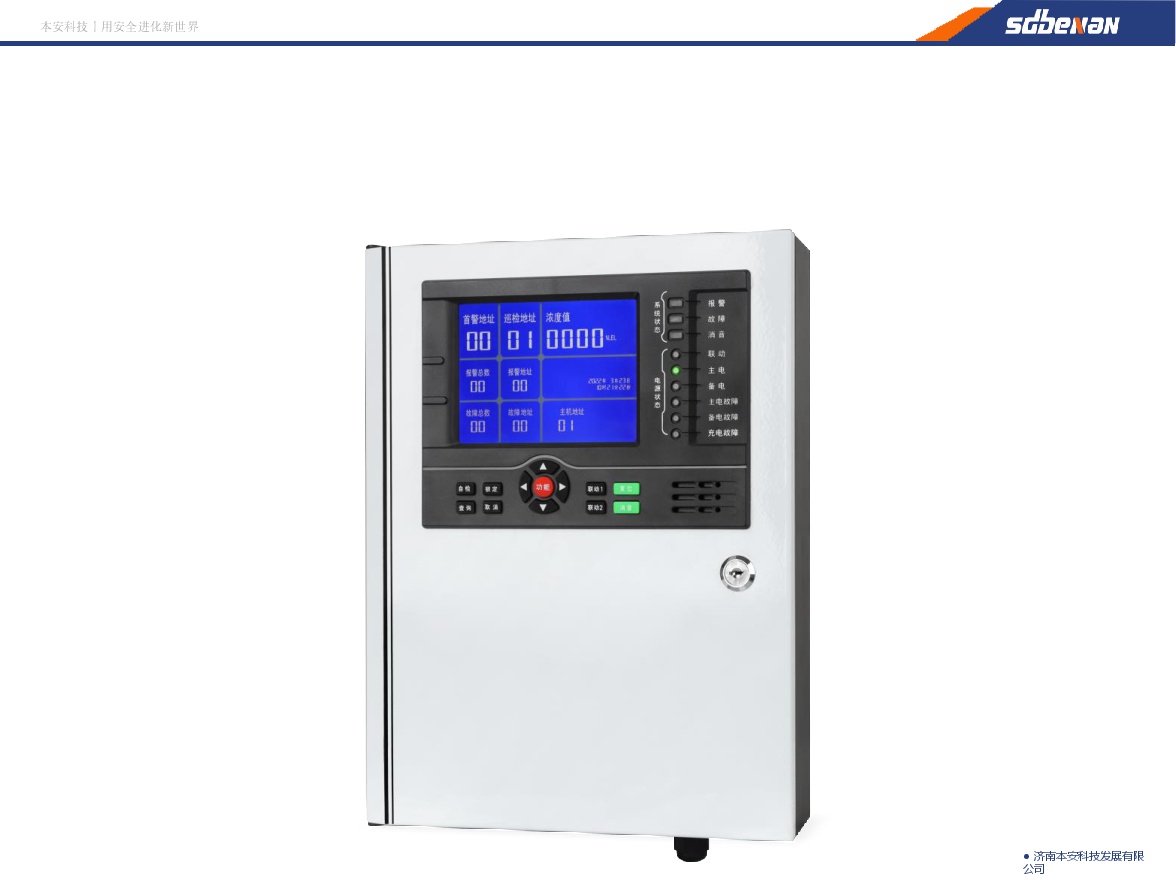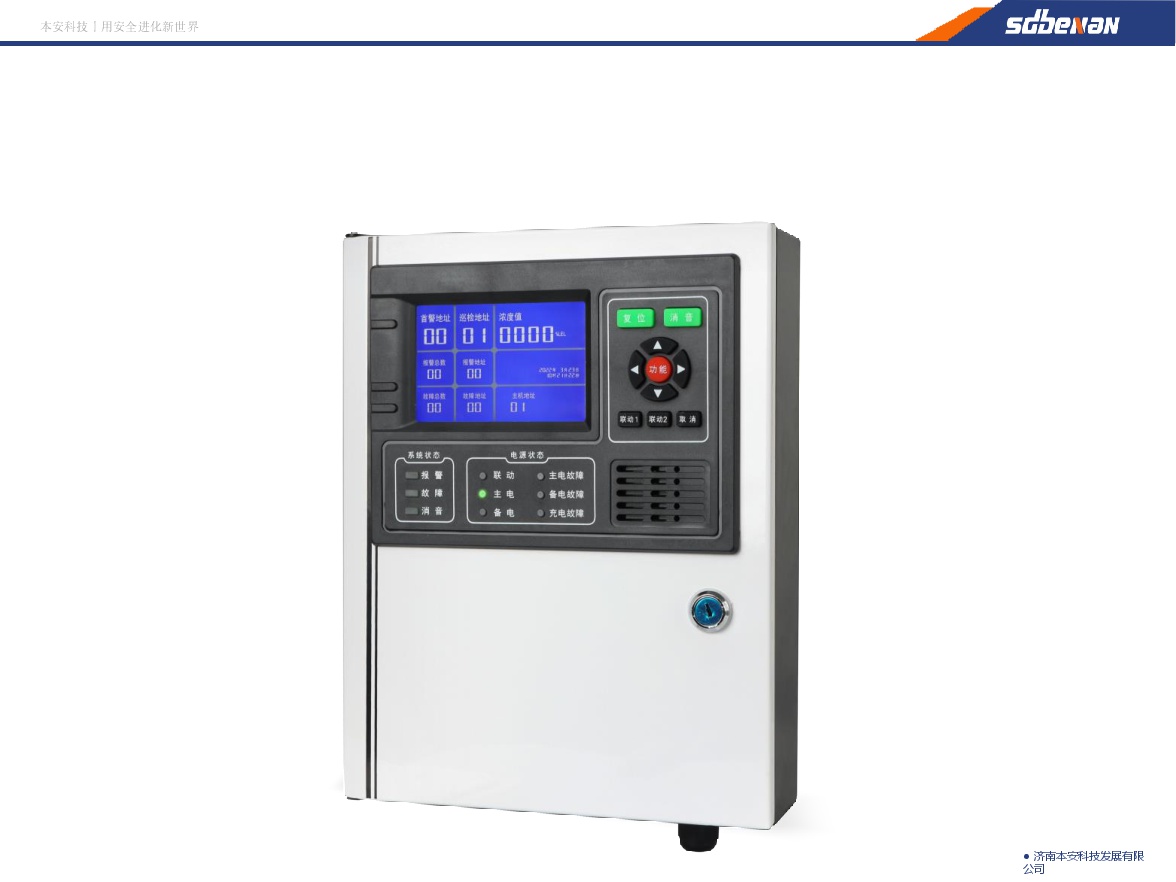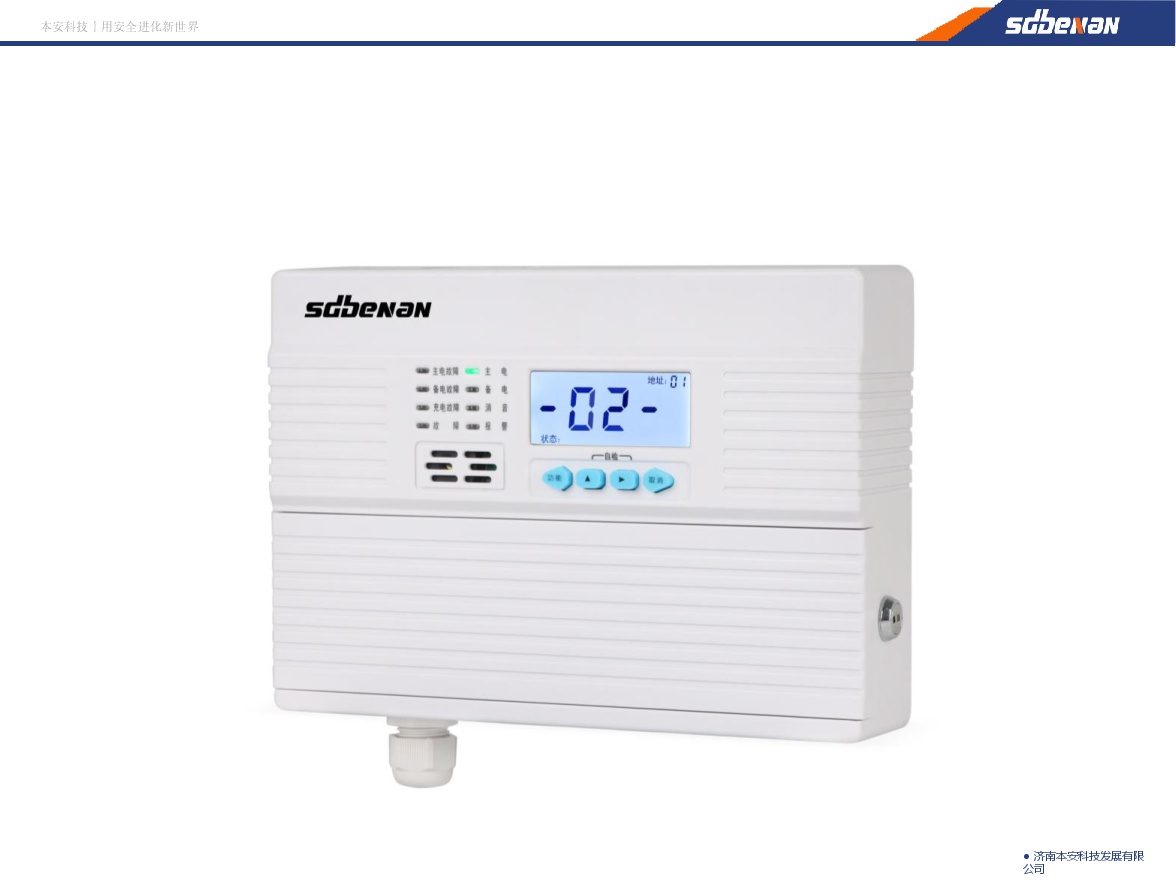Wedoany.com Report-Mar 31, In the marketing year 2025-26, Algeria is set to import over 9 million tonnes of wheat, according to a report from the US Department of Agriculture’s Foreign Agricultural Service (FAS). The FAS predicts wheat imports at 9.2 million tonnes for the marketing year starting in July 2025. This forecast assumes that the import levels for the 2024-25 season will remain unchanged, based on the projected similar harvest.
Russia remains the leading wheat supplier to Algeria, while Ukraine has emerged as another key source of grain. Wheat export volumes from France are expected to decline sharply in the current marketing year. Wheat and barley are the primary crops in Algeria, with durum wheat accounting for the largest portion of the planting area, followed by barley and bread wheat.
Wheat and barley production is forecast to remain stable in 2025-26, with wheat harvest projections at 3 million tonnes and barley at 1.2 million tonnes, both unchanged from the previous year. Algeria remains a major consumer of cereals, with per capita bread consumption reaching 110 kg annually. The national government has provided support for bread production through subsidies, and consumption is expected to increase gradually alongside the trendline population growth, which is just over 46 million people.
The milling sector in Algeria, as of 2022, was composed of approximately 432 mills. However, private sector estimates indicate that not all mills are operational, and no new agreements or expansions have been finalized. This factor contributes to the forecast of relatively steady wheat consumption at 11.9 million tonnes in 2025-26, with an estimated 11.7 million tonnes imported in 2024-25.
Barley is primarily consumed as grain in animal feed for sheep, cattle, and camels, with small amounts used as green fodder and traditional foods like couscous and bread. Total consumption is expected to rise by 50,000 tonnes in 2025-26, reaching 1.8 million tonnes. Algeria is anticipated to import 700,000 tonnes of wheat to meet domestic needs, the same as the previous year.
In recent years, Algeria has seen corn imports emerge as the second leading agricultural import commodity after wheat. The FAS notes that corn imports will continue at between 4 million and 5 million tonnes annually, with a growing crush industry producing oil contributing to soybean imports of between 1.4 million and 1.6 million tonnes per year. This indicates a growing focus on corn and soybean imports to meet growing food and feed demands.
